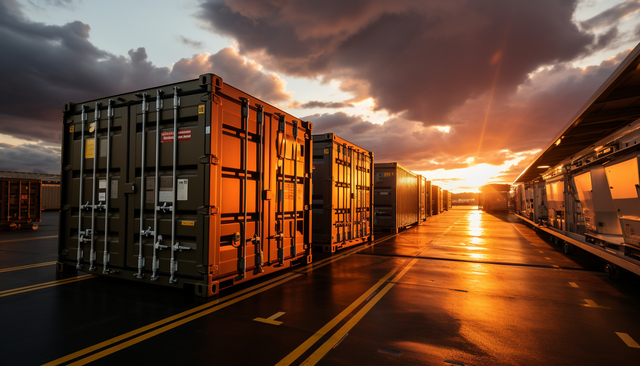
Despite high production innovation, extreme high temperatures, aging equipment and unstable markets, cold chain logistics remain in short supply
According to marine consultancy Drewry, 93,000 TEU refrigerated containers were added in the first quarter of 2025, a year-on-year increase of 145%. Production is expected to reach 350,000 TEU for the full year, exceeding the level of 275,000-300,000 TEU in the last decade.
But despite the increase in production capacity, there is still a shortage of actual available equipment on the market. Experts point to ageing equipment, increased maintenance requirements, rising US steel tariffs and climate change as the cause of supply bottlenecks.
North America (especially the East) is being affected by extreme high temperatures, and refrigerated containers are under unprecedented pressure. Amanda Oren of supply-chain planning company RELEX said that hot weather led to cold chain chaos, with 13 high temperature records being refreshed in the 30 days prior to July.
“It is a challenge to load empty high-temperature containers after cooling,” says the dealer. And when high temperatures persist, older devices that are 11 to 14 years old are more likely to fail.
While US refrigerated volumes were set at a new high (17% year-on-year) in 2024, data from May showed that exports fell by 20% year-on-year and imports fell 5.4%, the lowest since August 2023. Tariff policy and supply chain reorganization (from China to Southeast Asia and South Korea) were cited as the main reasons.
Drewry forecasts that refrigerated shipments will continue to grow by 2% a year through 2029. The following routes are growing fastest:
But shipping companies still find it difficult to accurately deploy equipment because global trade routes change too often.
Despite the increase in net income, actual availability is tight. High temperatures, aging, tariff and trade fluctuations are compounding cold chain challenges, and logistics operators must rethink refrigeration strategies, strengthen maintenance, disperse risk, and create more flexible equipment configurations.
Source: https://www.joc.com/article/reefer-fleet-growth-yet-to-show-in-availability-of-equipment-6044901